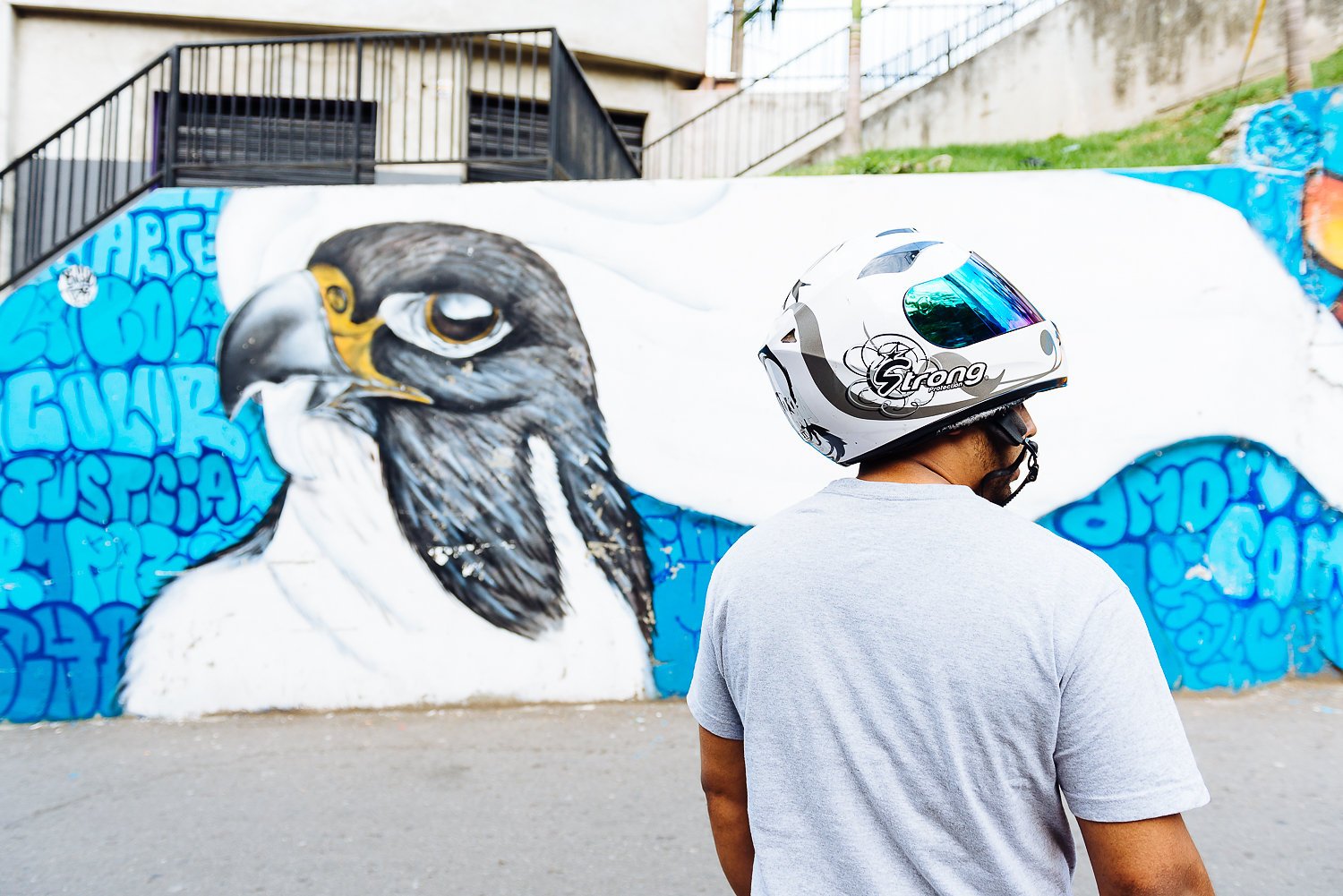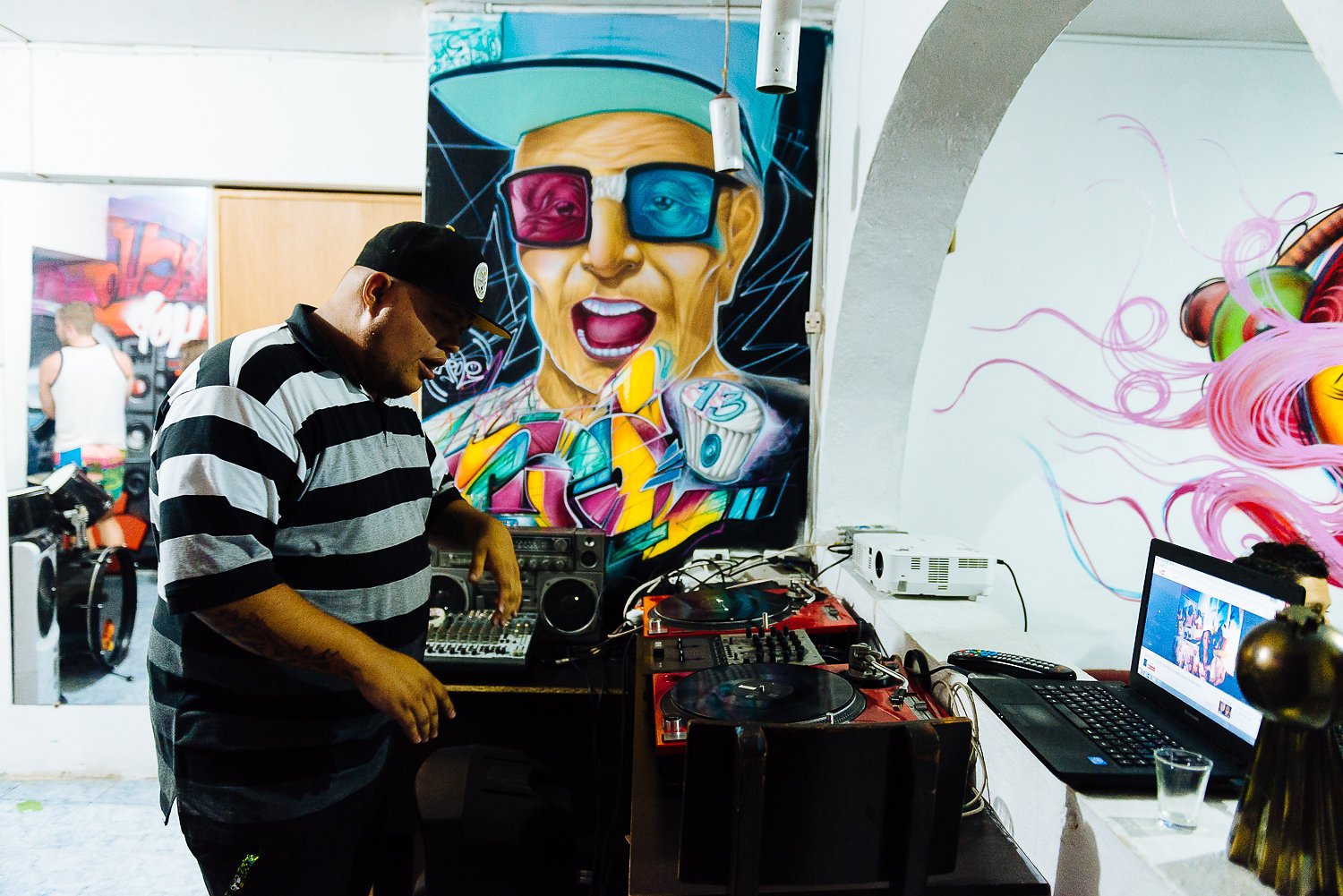What Does Responsible Tourism Mean to El Camino Travel?
And the actual responsibility that comes with it.
Originally posted March 18, 2016 by Katalina Mayorga
We are continuing to give you a look behind the scenes of El Camino Travel. As young women entrepreneurs, we often get emails from individuals asking us how we turned our passion into our full time job. We are humbled beyond belief that so many people are turning to us for advice and wanted to answer some of those questions. Along with our usual travel content, we wanted to start a series shining light on the business side of starting a travel company. Hint: it is not as glamorous as it seems, but it is completely rewarding.
This week CEO, Katalina Mayorga, explores what the fundamental business value of El Camino Travel (responsible tourism) means to our travel company.
I want to preface this post with a few facts:
This might not sit well with some people. In no way we are trying to offend anyone’s style of travel, we are just trying to push travelers and the industry to think harder about how their tourism dollars are spent.
We could always be improving and we are not perfect. We are always pushing ourselves to think how we are spending our tourism dollars and know we could be doing more. We are trying to improve as well.
Now we have those two disclaimers out of the way let’s talk details.
As you may know, we run several trips a year to Colombia. On the trip, our travelers get to experience Cartagena and Medellín. In both cities, we strive to have our travelers understand the complex history and social dynamics of the country through various perspectives. We know that each country we visit has multiple stories to tell, and in Colombia that includes the perspective of the AfroColombian, rural farmers in the communities hit hardest during the narco-terror years, women who are fighting machismo, among others. We create hands-on experiences that allow these communities to tell their stories to our travelers while creating a beneficial mutual exchange for all involved.
Our graffiti tour with Casa Kolacho in Communa 13 in one of these experiences. Casa Kolacho provides cultural education through hip-hop, dancing, and art to youth in the community as an alternative to drug dealing and violence. They do not accept any funds from the government, so their main source of income to promote their message of peace through art comes from the profits they make in giving these tours. This source of income also allows them to continue to paint these stunning murals around the community that have powerful messages, and it affords them the independence and creative freedom to do what they do best without the restraints of bureaucratic processes and red tape. Furthermore, the graffiti tours are an outlet for them to tell their story as a hip-hop collective, their role in the community, and the meaning of their art. It is an absolutely innovative model that should be replicated.
On our last visit to Communa 13, our local guide was a passionate artist named Zero. He has grown up his whole life in Communa 13 and survived years of intense violence within the community and from outside government forces. With pride he told us about the details of each mural, the resilience of the community, and the transformation of the community.
Photo by Kate Warren for El Camino Travel
In the above mural there were several animals that represented a value the community holds strong to and each animal was holding strong to a white handkerchief. These handkerchiefs pay tribute to an instance where one grandma, after her grandson was shot, in severe anguish came out vigorously waving a white handkerchief and in exasperation was yelling no more violence. Her neighbor, in solidarity, followed her waving one as well, and then another neighbor came out, and another, and another, until the community was filled with white handkerchiefs waving in the sky. It was a pivotal moment for the community when they had decided enough (violence) is enough.
Zero then told us about the Orion Operation (Operacion Orion), when more than 1000 paramilitary and state troops stormed his neighborhood in 2002. Officially, the troops were there to cleanse the area of violent guerrilla groups residing nearby. But after four days of violence, over 300 people from the community disappeared. Many of them were young and uninvolved in any guerrilla groups. Zero pointed to a side of the mountain we could all clearly see from the streets of Communa 13. That mountain is now the site where many of those disappeared lie in a mass grave.
The government has yet to officially acknowledge these deaths.
As we walked around and heard story after story of hardship followed by an act of great resilience, I noticed several tourists walking around by themselves. They were looking at the murals, they were riding the famous escalators that the community is also known for, and they were taking pictures of the people that lived in the community.
I suddenly found myself angry with them. How could they be walking around this community and not know anything about who and what they were seeing? How could they not care enough to know?
I understand I had no right to be angry at them or judge them. I did not know their story, who they were, or what the circumstances might be, but I recognized that something in that situation struck a nerve with me. By the end of the tour, I realized that this act of coming into a community without really knowing the community seemed somewhat voyeuristic. It was like they were treating the community members like zoo animals. You go in, you get some awesome pictures of locals, but do you know their names? Do you know the story of their community? Did you know that right over there in clear sight is a daily, painful reminder of four dark days in their history they are still trying to get the government to admit happened? Can you imagine having to look at that everyday?
To be fully transparent, I also knew that I might have been those tourists before I started El Camino. I would have heard about a cool, edgy community in a city I am visiting, filled with incredible street art, and I would probably have hopped in a cab and just passed through. I would have taken my Instagram worthy pictures and that is it. I probably would have not sought out Casa Kolacho or a type of experience that might benefit the work of an admirable local organization. Now being so ingrained in the travel industry, understanding the great economic impact a certain type of tourism can create, and pushing our company to think about responsible tourism, I cannot imagine any other way of traveling. However, I know that I had to have an extreme event like the founding of El Camino to make me change my travel consumption habits.
Though I felt bothered by those tourists, I’m also grateful that there was an alternative and that our company had the opportunity to be a part of it. As Zero told us his stories, our travelers listened with undivided attention. Having one dedicated photographer with us allowed them to pay attention and interact with Zero without the distraction of finding the perfect shot, phones in front of their faces. This simple act afforded Zero the respect he absolutely deserved, because he was opening up himself to us. It was a genuine moment of mutual respect: he told us his story, and we fully engaged.
I will end this post with how I started this post—I know we could be doing more. I know, we as a travel community, could be doing more to dig deeper about the type of travel habits we are perpetuating. So if you happen to find yourself in Medellin and you are looking to visit Communa 13, we highly recommend to reach out to Casa Kolacho.
Thoughts? Ideas? Brainstorms? Do you agree or disagree? We would love to hear from you in the comment section below or send us an email at info@elcamino.travel.





